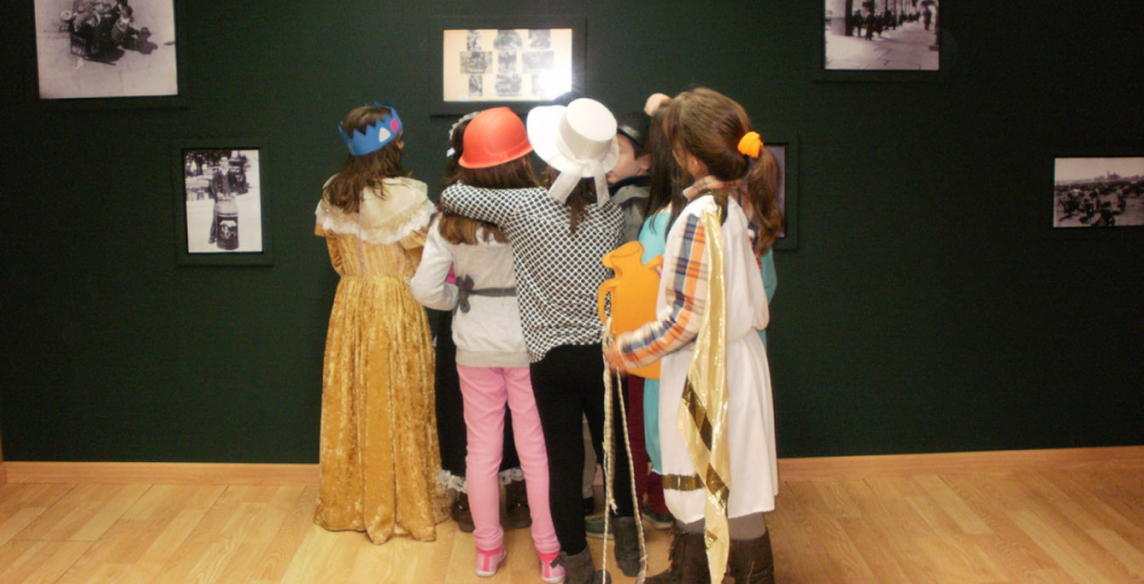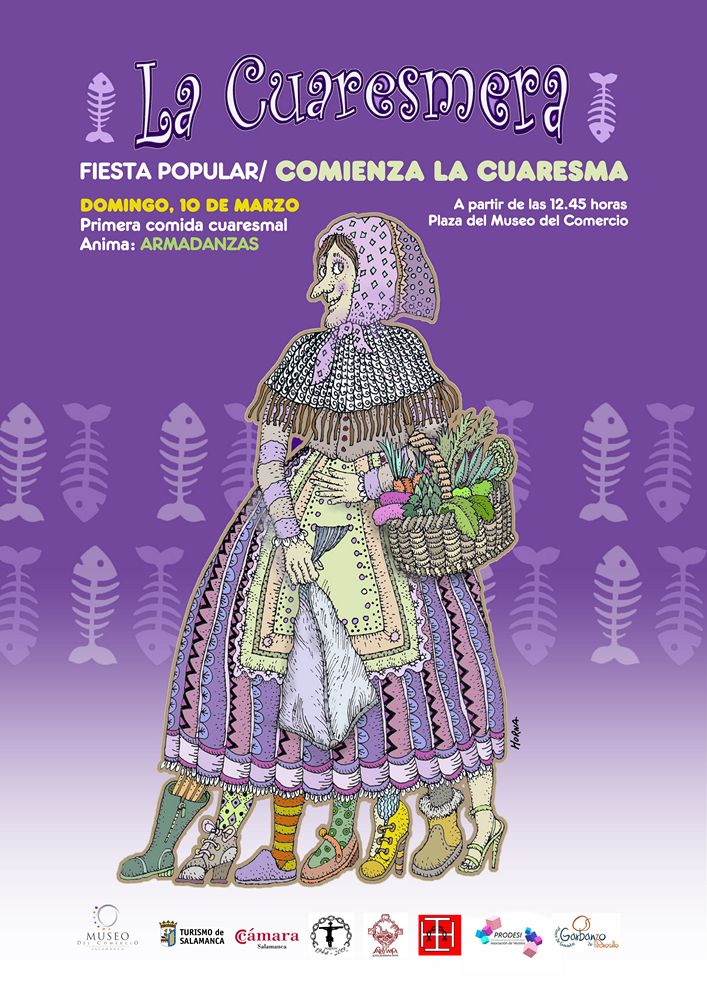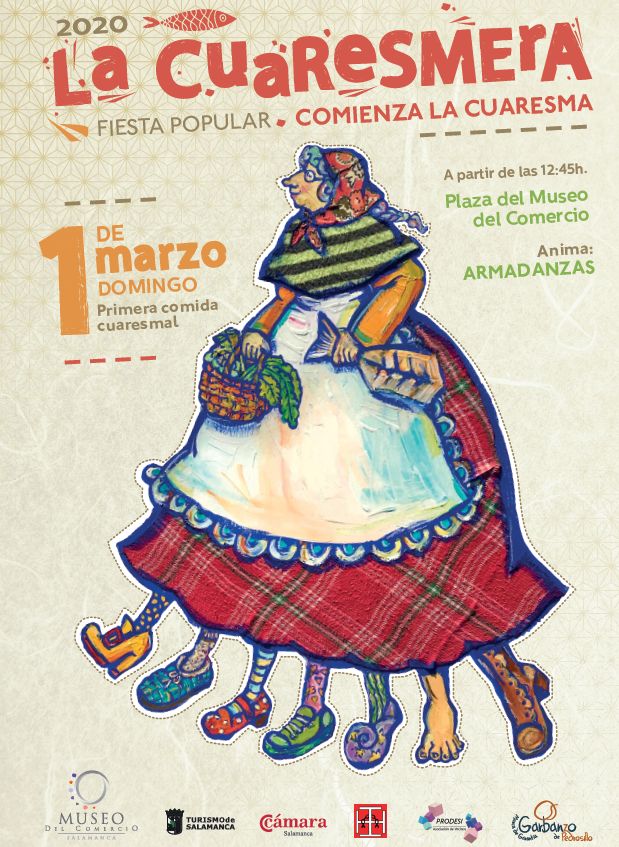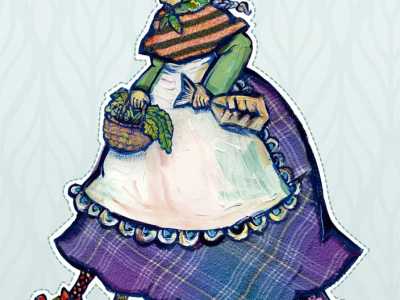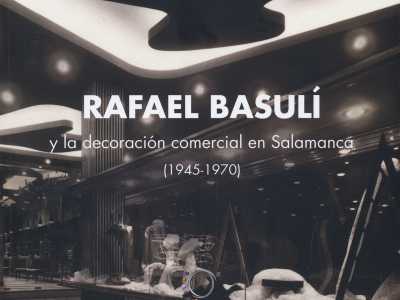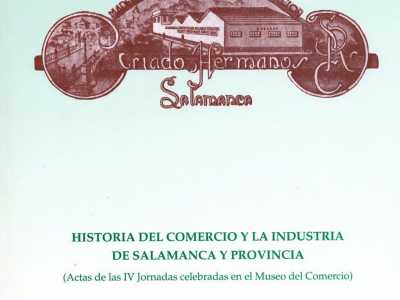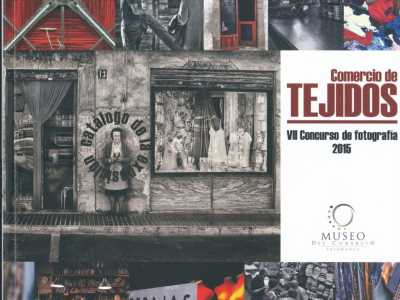Salamanca Museum of Commerce and Industry
Exhibitions
Welcome to the Museum
The Museum of Commerce proposes a tour of the key moments of History that marked the evolution of Commerce and Industry in our city. Throughout its rooms it offers interactive possibilities and the possibility of making a didactic tour to the groups that request it.
Thus, the visitor will be able to learn how the Roman World introduced important improvements and inventions in commerce and communications. How later our city, in the time of the repopulation, lived great urban, social and economic changes and how, in addition, all these changes occurred around a market that was adapting to the needs of the new Salamancans. You can see how, after this time, a much more stable trade emerges, where the different guilds and artisans were settling in different areas of the city, giving the name to streets that, today, preserve that old denomination. And then enter the Central Market of Supplies, just as the men and women of the late nineteenth century would do.
More informationCANTARO DE HOJALATA FOR THE REGIONAL EXHIBITION OF 1907
1907 HOJALATA CANTARO Made by Ricardo Álvarez Vivas in 1907. Measures 45 x 30 x 30cm. Donation of Dona Francisca and María del Carmen Álvarez Rodríguez. This tin jar with lid and inscription was made by the tinsmith Ricardo Álvarez who had an open workshop on Calle San Pablo 44. He was presented at the 1907 Salamanca Regional Exhibition winning the Bronze Medal. Our thanks to the Álvarez family for this interesting donation. Salamanca organized a large agricultural, livestock and industrial fair in 1907. The agricultural and livestock exhibition is installed in La Alamedilla and the industrial one inside the new Central Market of Supplies -which would be inaugurated in 1909-. The family has been pleased to donate to the Museum of Commerce, both the pitcher and the diploma and bronze medal obtained in 1907.
More information_450.jpg)
Didactica
More informationThe Museum of Commerce focuses an important part of its activity on the didactic task, concerned with the education of the little ones. Thinking about them, he has programmed different ways of approaching the museum discourse, which varies depending on the age of the groups that visit us.
